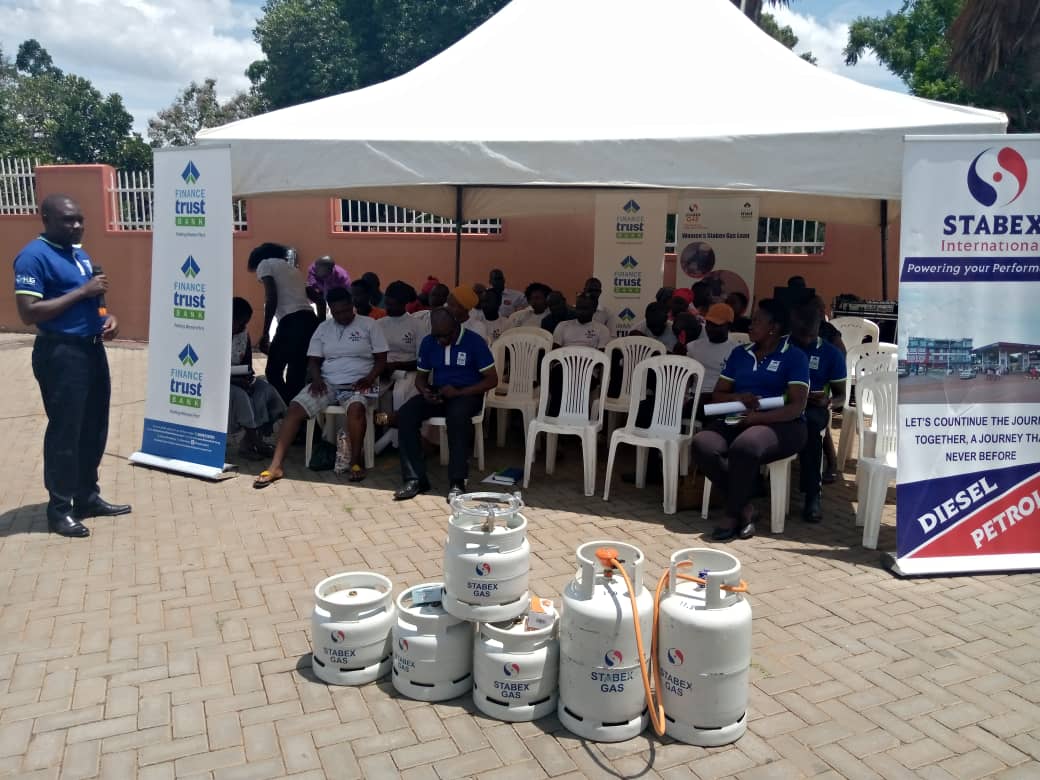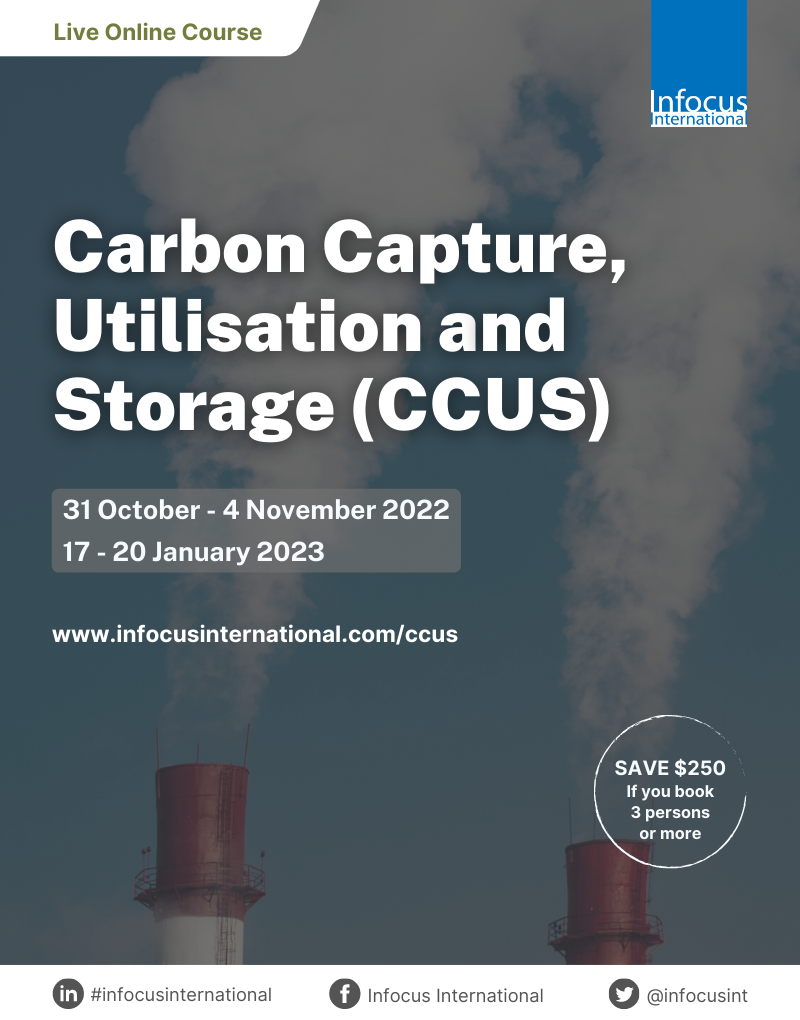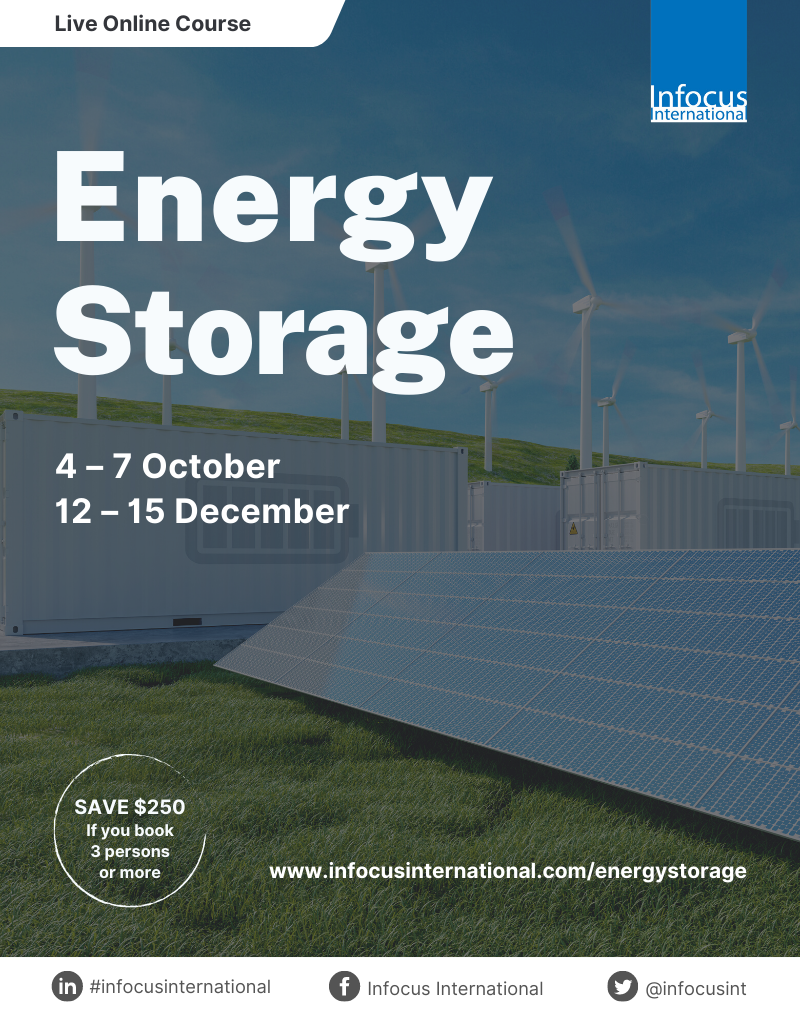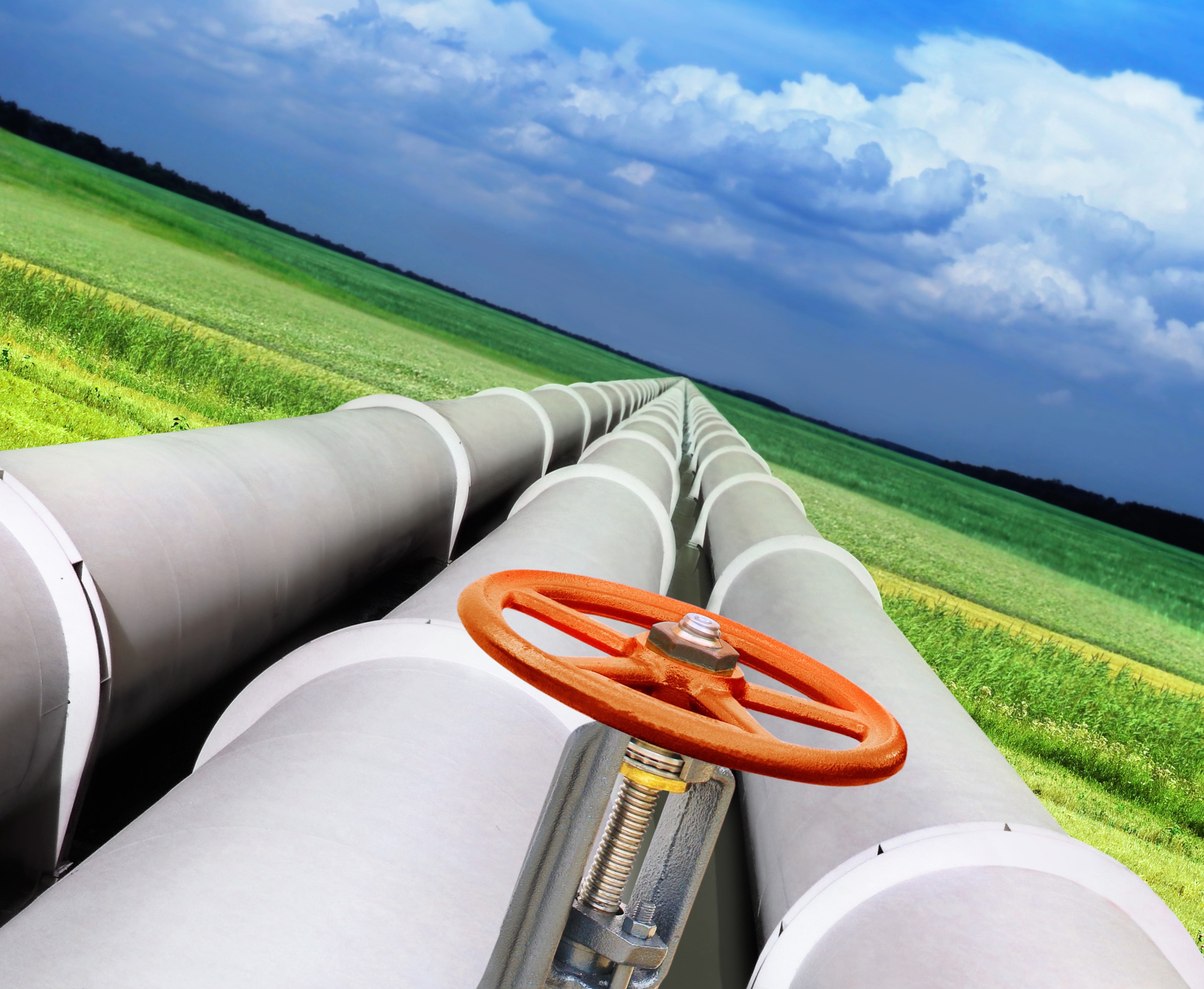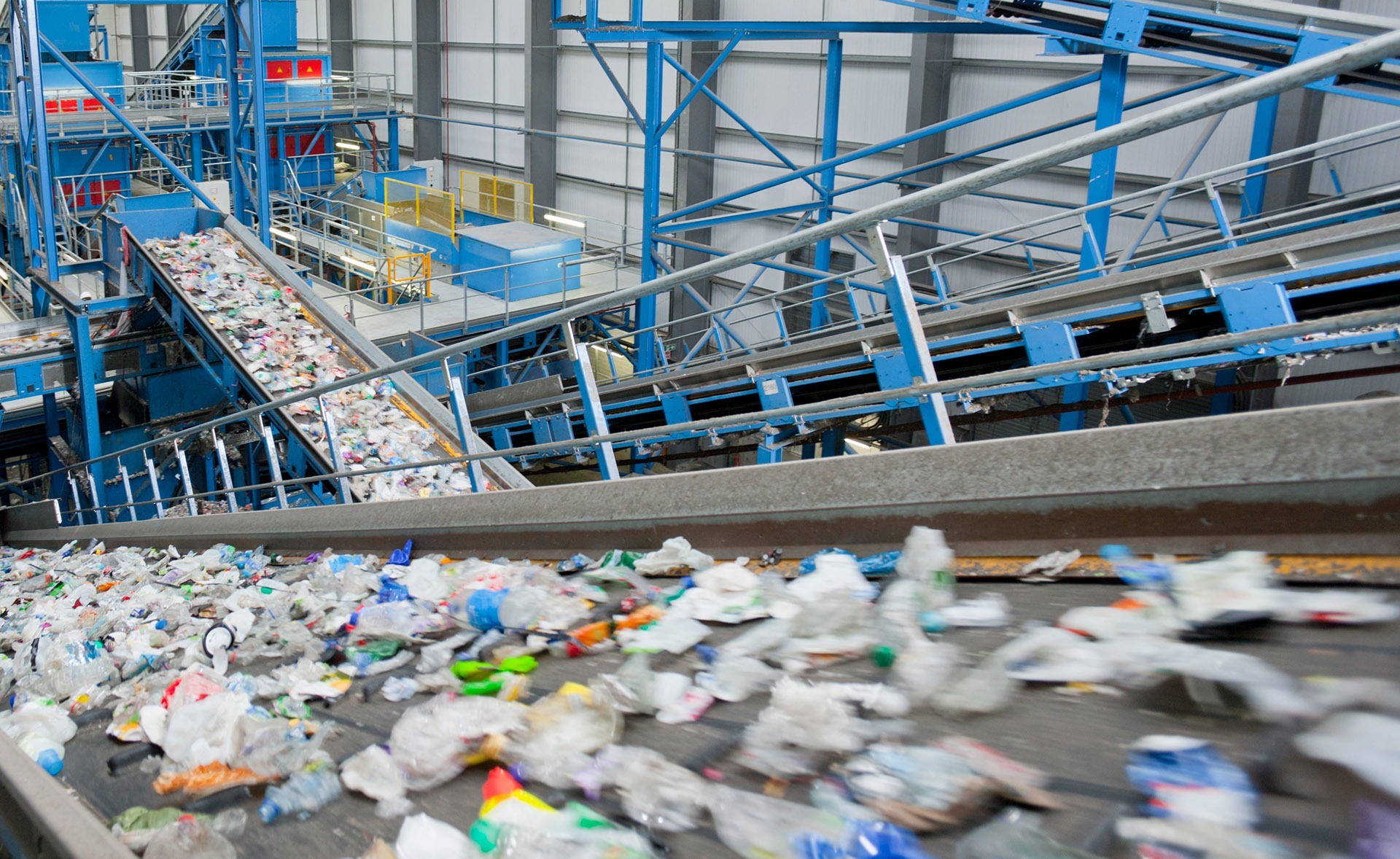If President Yoweri Museveni’s revelation that the cost of delivering Uganda’s crude oil to the Tanzania Port of Tanga will be US$12.2 per barrel is a fact to go by, then Uganda’s oil will be one of the most competitive in the world.
Speaking in Tanga at the inauguration of construction works of the pipeline that will deliver the crude from Hoima in Uganda’s west, to the Indian Ocean coast port of Tanga, Museveni explained that because of the numerous concessions the Tanzanian government gave Uganda, the cost of delivering a barrel of oil to the coast will be $12.2 per barrel.
“On behalf of Ugandans I thank President Magufuli and our Tanzanian brothers for giving us the following concessions on the pipe line. There will be no pay transit tax, no Value Added Tax, no corporate income tax, gave us 20 years depreciation tax holiday, granted us a free corridor where the pipe line passes and promised to buy shares in the pipe line,” President Museveni said.
The current cost of crude in the global market is US$51.42
According to Rystad Energy’s UCube, the upstream oil production database of Norway based leading global consultancy and analyst on oil (Rystad) the key drivers of any oil production are four: capital investment, production costs, taxes, administration and transportation.
These factors vary from country to country and ultimately determine the cost per barrel by country, and determines whether anyone country’s oil production is profitable or not.
The UK for example has one of the world’s highest global cost per barrel at US44.33, followed by Brazil and Nigeria at US$34.99 and US$28.99 respectively. The key driver for UK’s crude is capital spending attributed to its offshore oil, located in deep stormy waters, which means UK needs more sophisticated technology to extract the oil. This is also coupled with the fact that UK has old infrastructure (has been in production since the 1970s) and therefore the cost of maintenance is high as its production hubs and terminals need constant maintenance and upgrades.
For Africa’s largest crude producer, Nigeria, its main challenge is insecurity and theft associated with its onshore facilities, while in Brazil high taxes and low investments in infrastructure drive the cost per barrel up.
In the league of the low cost per barrel producers are Saudi Arabia (at US$8.98) being the lowest globally, followed by Iran (US$9.08), Iraq (US$10.57), Russia (US $19.21), and Indonesia (US$ 19.71). At US$12.2, Uganda will be in the league of the lowest cost producers.
In the heyday when crude cost US$100 per barrel, producers raked in petro-dollars both for the national coffers and profits for the investing companies. With the current irritable oil prices, oil producers barely struggle by, to make a penny. If does seem far- fetched for many countries to count on oil to balance national budgets.
In their article published in the Wall Street Journal (on July 26, 2017),Elliot Bently, Pat Minczeski and Jovi Juan argued that “The world’s biggest petrostates need to sell oil at a certain price to balance their budgets. But there is a wide gap between the prices at which different producers break even. Government spending cuts and deferred projects have helped lower the breakeven price somewhat for countries like Saudi Arabia, but some petrostates still need oil prices above $100 a barrel to balance their budgets.”
Forecasts show that for each of these countries to balance their budgets, they need at least the following cost of oil per barrel: Nigeria-$139, Venezuela $117.50, Bahrain $101.10, Saudi Arabia $83.80, Angola $82, Russia $72, Libya $71.30, Gabon $66, Algeria $64.70, Iraq $54.30, Iran $51.30 and Kuwait $49.10. This means that at the current global prices of US$51.45, many countries need that price to at least double if the black gold is to retain its bullish form of yesteryears.
Although President Museveni did not provide the breakdown of the cost of Uganda’s crude totalling to US12.2 per barrel, the current capital investment level are high, for a small producer like Uganda looking at pumping 216,000 barrels per day.
For example, the 1,445 km long, heated crude oil pipeline from Hoima to Tanga, said to be the longest of its kind in the world, will cost $3.5 billion. The pipeline works will be undertaken by Total E&P, CNOOC and Tullow Oil together with the two governments of Uganda and Tanzania.






